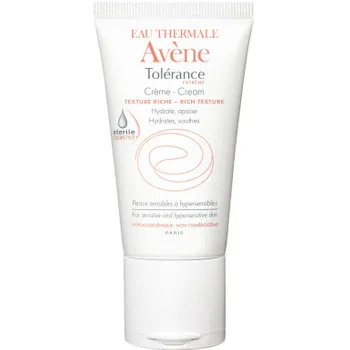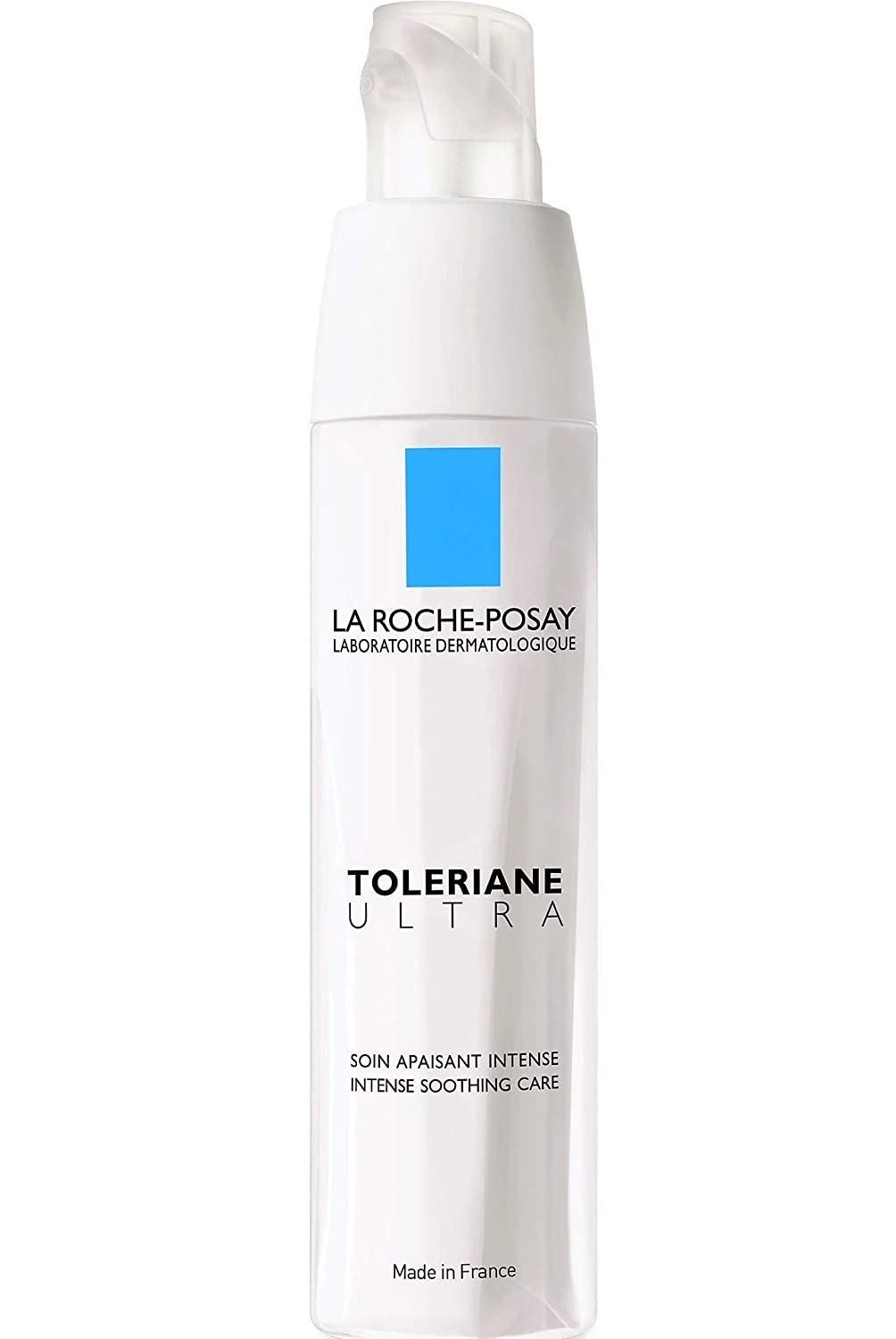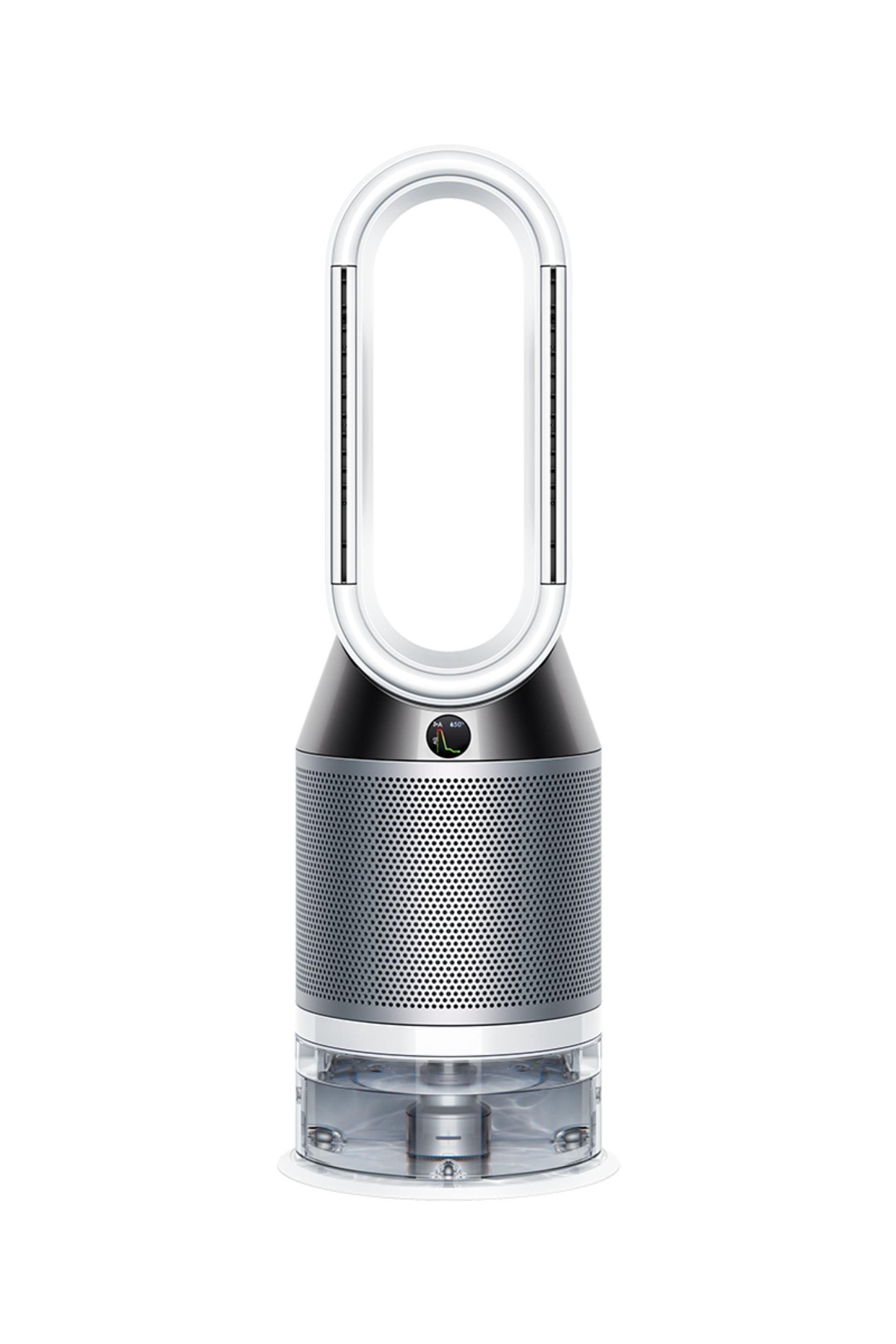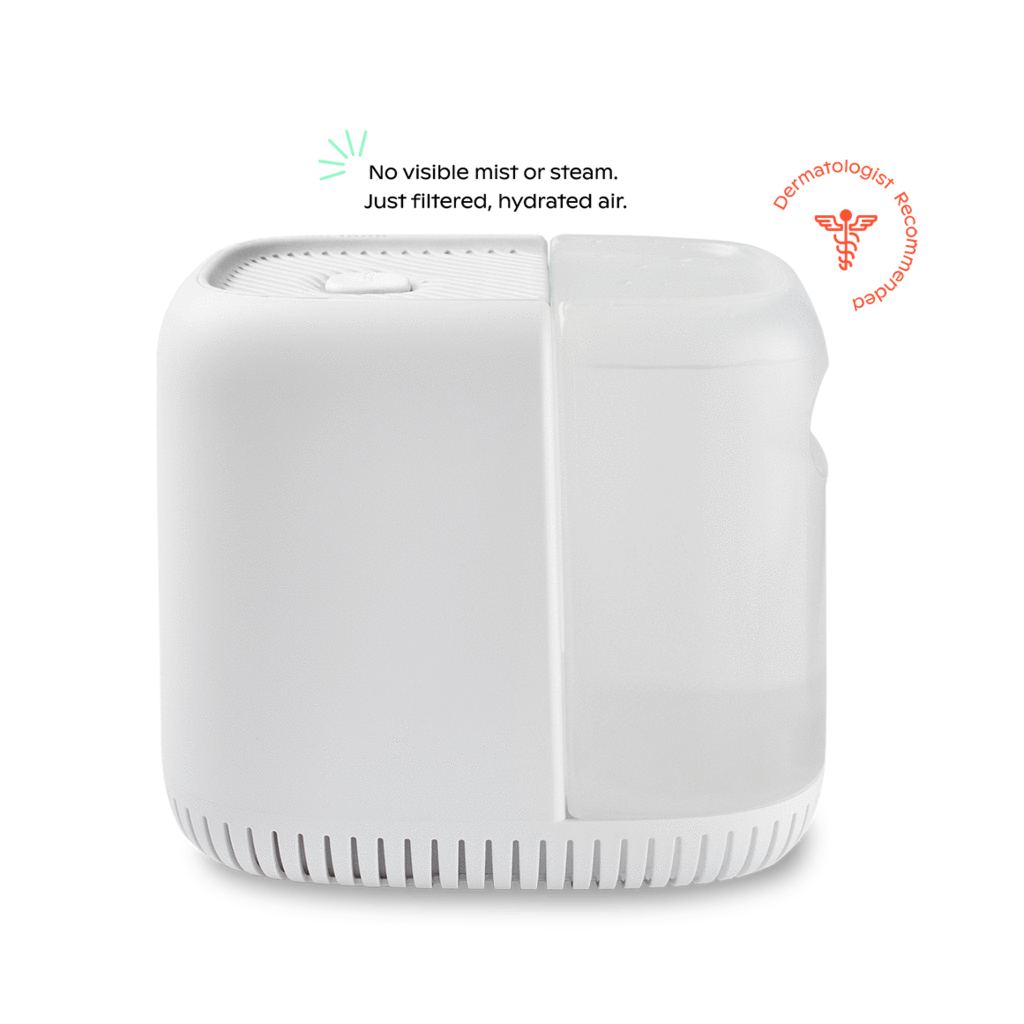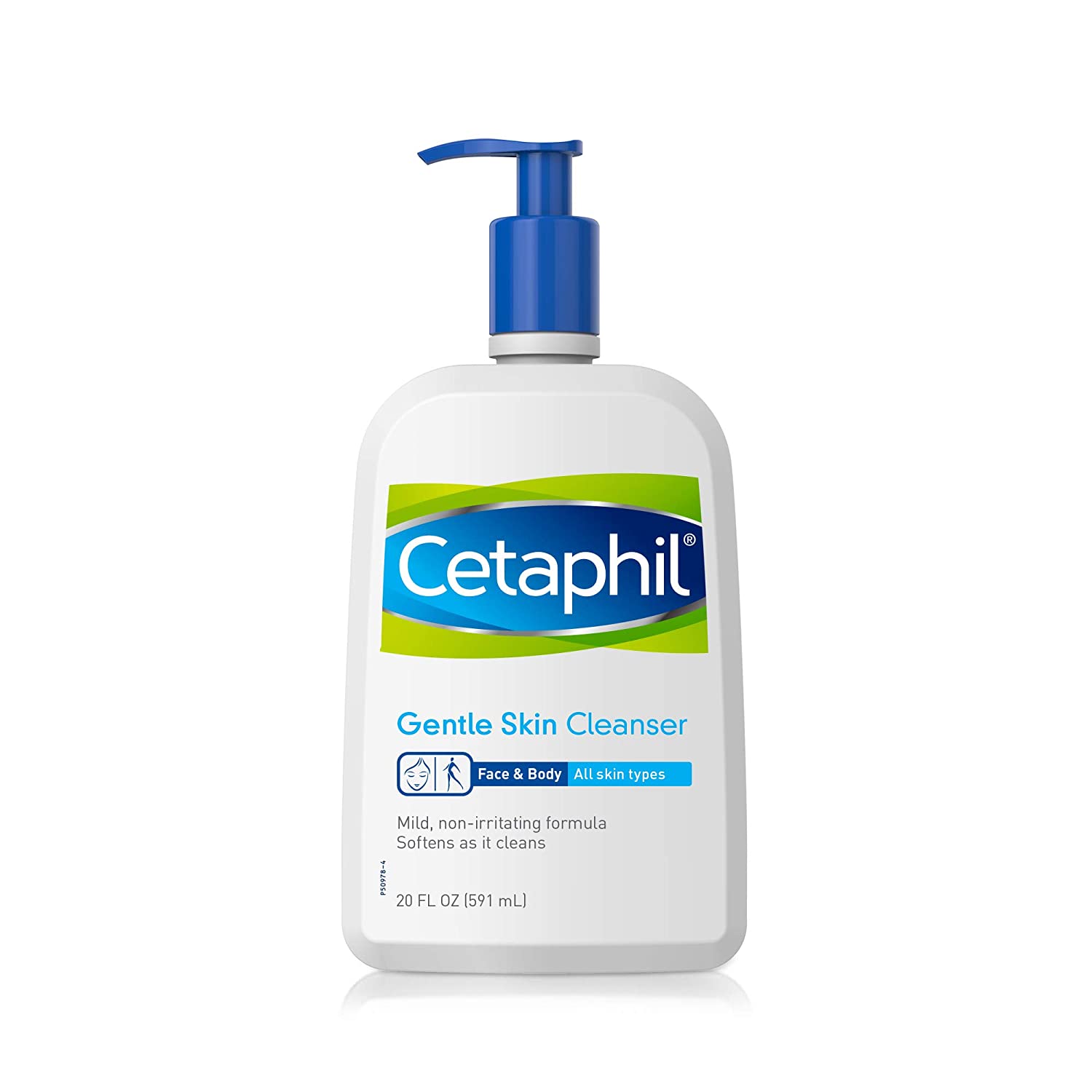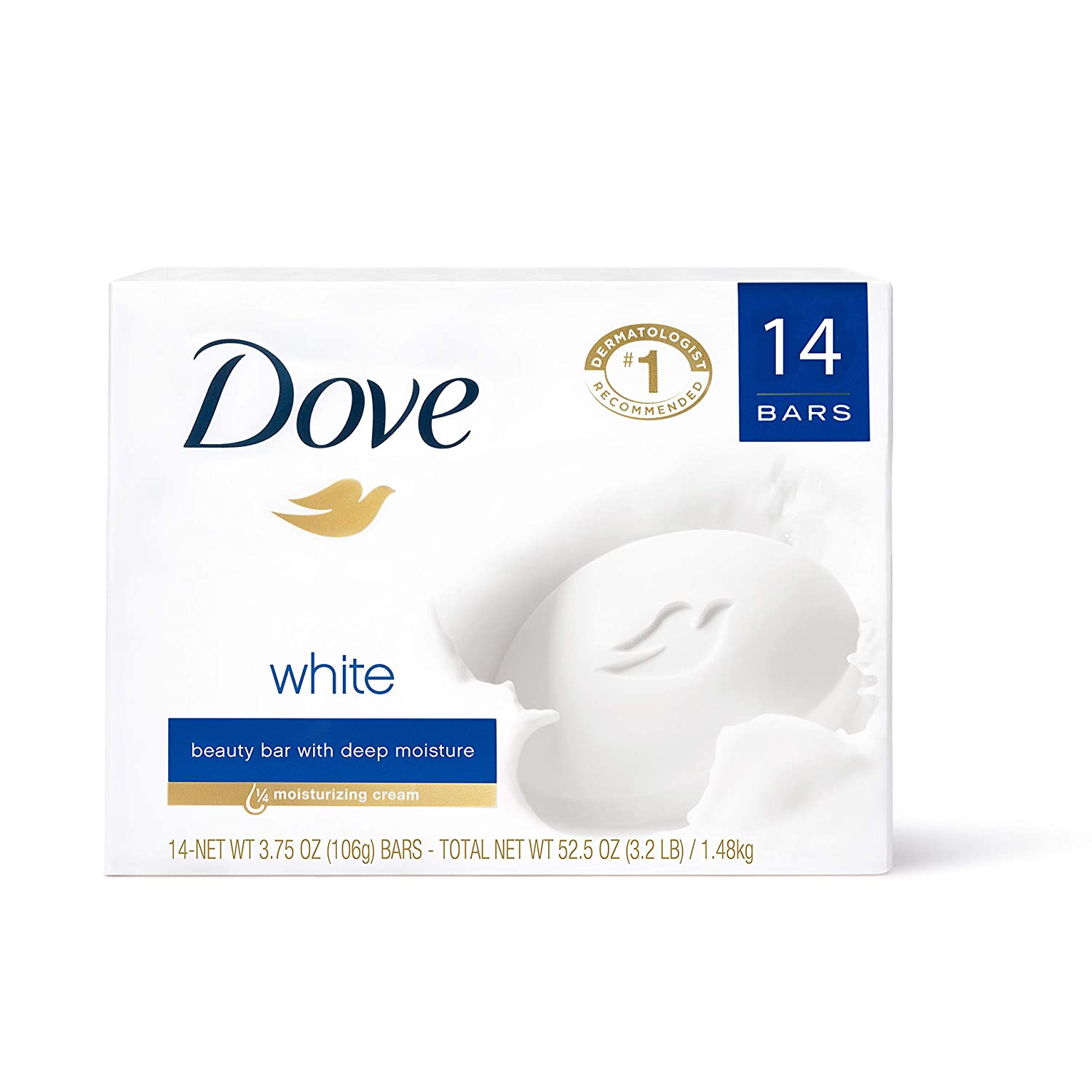Facial Eczema Is Frustrating, But These Expert Tips Actually Work
- REVIEWS
- AUGUST 2, 2021
Facial Eczema Is Frustrating, But These Expert Tips Actually Work
Table of Contents
Currently, eczema impacts a whopping 31.6 million Americans nationwide in some capacity, albeit it’s no longer stigmatized the way that it once was. This is due in part to the increased awareness that’s spread via social media platforms like Instagram and TikTok, where many folks have gotten candid about living with the chronic skin affliction and what it’s really like to treat every day. Yet despite the inflammatory skin condition being far more common and accepted in mainstream media now, it’s still no easy feat to deal with—especially if symptoms affect an area on the face, which tends to be much more sensitive and exposed to the elements than our limbs, thereby making it more visible and challenging to address.
Typically, facial eczema presents in the form of dry, reddened patches of skin that are scaly, inflamed, and sometimes painful or leaky. In addition to being harder to treat, facial eczema can also be a major burden on many people’s mental health and overall well-being. For instance, similar to that of acne (which is the most common skin condition in the United States, with it affecting up to 50 million Americans), eczema on the face can be a serious blow to one’s self-esteem.
As frustrating as facial eczema can be though, it is treatable. To learn how to treat eczema on the face, we turned to none other than board-certified dermatologist Robert Finney, MD, for his expertise on the matter. Without further ado, keep on scrolling to learn about eczema on the face, including what causes it, the different types, and most importantly: how to effectively treat it.
What causes facial eczema?

Credit: @missenocha
Finney explains that eczema is often used as a diagnosis anytime someone has dry skin. "It’s classically used interchangeably with atopic dermatitis by dermatologists, but there are also other eczematous afflictions that occur on the face, such as seborrheic dermatitis, irritant contact dermatitis, and allergic contact dermatitis,” he says.
Atopic dermatitis or atopic eczema is considered the most common form of eczema in childhood, and it often occurs on the face—most commonly the eyelids, cheeks, and around the mouth. That said, aside from having a family history of atopic eczema or hay fever, the cause of it is largely unknown. "There should be no identifiable external cause of the dry skin in order to qualify as atopic dermatitis,” says Finney. "Symptoms are typically present in childhood, although they can sometimes present later in life, too.” Said symptoms include red, dry, flaky, and itchy skin, all of which can be exacerbated if someone has hay fever.
Seborrheic dermatitis, on the other hand, is a condition that affects the scalp as dandruff, though Finney says it can also present as dry flaky skin in the eyebrows, on the sides of the nose, and in the mouth or beard area. It’s triggered by a host of factors, including sun exposure, certain foods, and the weather, as well as prolonged stress. This form of eczema can sometimes be quite mild, with a little dryness and flaking being the main symptoms—however, some do experience extreme discomfort from seborrheic dermatitis, especially when the eyelids are affected because they’re so sensitive and harder to treat.
In regards to irritant and allergic contact dermatitis, these are caused by exposure to common skin allergens found in everyday household and personal-care products. "We frequently see irritant and allergic contact dermatitis on the face, especially with the increase in products that contain many botanical ingredients,” says Finney. "The more extracts, fragrances, and ingredients present can increase the risk of these reactions, and if these are the cause of your facial rash, then the offending agent needs to be stopped before the rash will improve.” Finney recommends patch testing products on your arm as well as seeing an allergist who can help you determine the culprit.
What are the symptoms of facial eczema?

Credit: @mishti.rahman
While symptoms of facial eczema vary, some of the telltale signs include persistent dryness and red patches of flaky, irritated skin. These areas can sometimes become rough, bumpy, or blistered, depending on the severity of the outbreak. Additionally, some people deal with itchiness, as well as a stinging or burning sensation. And in more severe cases, people’s eyelids will swell and become super-inflamed. That or the skin will crack and bleed.
One way to tell if you have seborrheic dermatitis is by examining the color of your flakes or scales, as they typically have a yellowish appearance. No matter what, if you’re concerned that you may be experiencing any of the aforementioned symptoms, whether mild or severe, you should see a board-certified dermatologist in order to help determine the type of eczema you have—or if it’s something else, such as rosacea—along with the best way to treat it.
How do you prevent and treat eczema on the face?
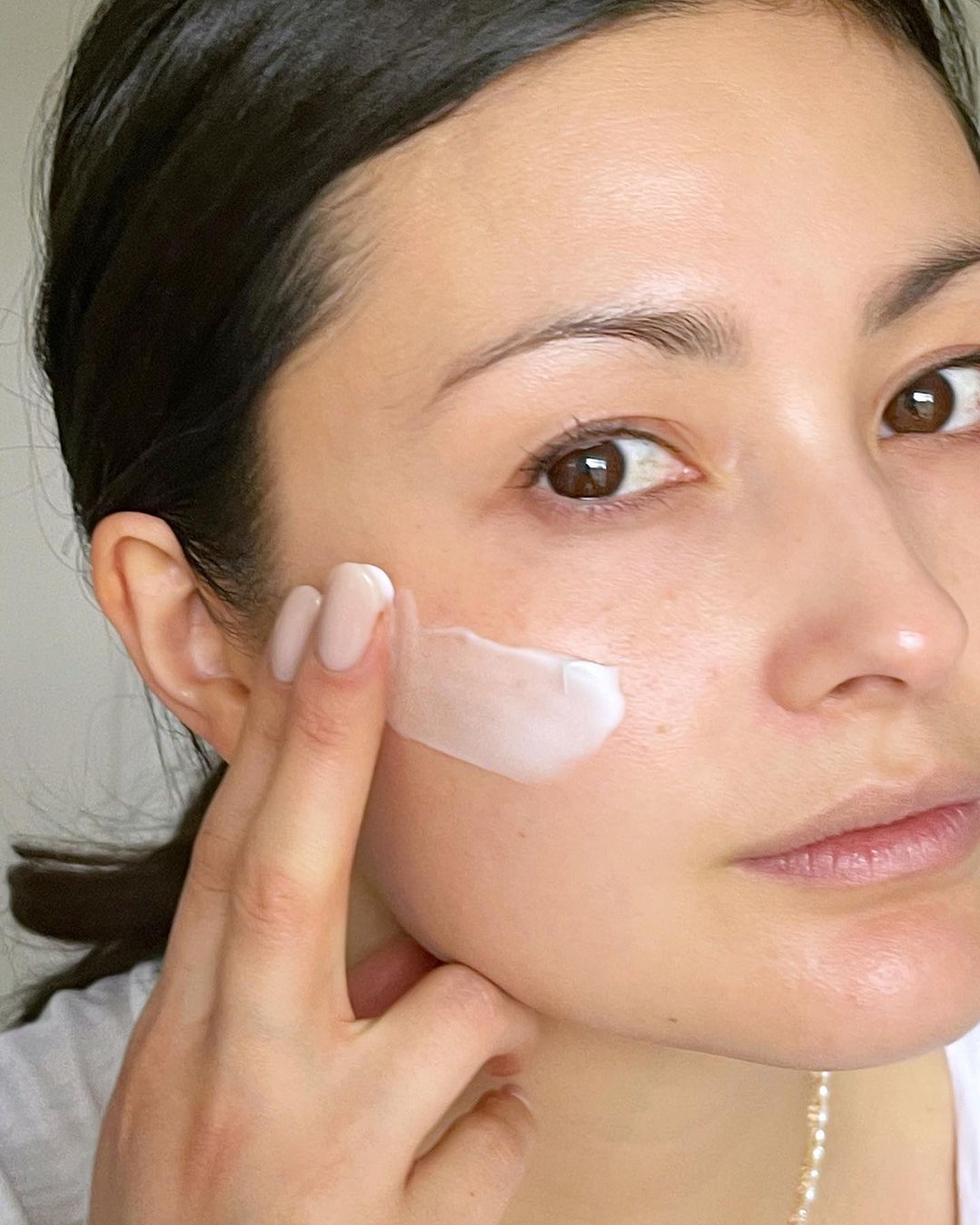
Credit: @peonylim
"The goal of treating eczema, whether it’s on the face or on the body, is to protect the skin barrier, improve skin hydration, and reduce inflammation,” says Joshua Zeichner, MD, a board-certified dermatologist based in New York City. To this point, Finney suggests dropping any harsh toners or exfoliating scrubs you’re using and substituting it for a gentle cleanser that won’t strip or further irritate the skin. Eager to learn about more actionable tips on how to treat eczema? Just keep on reading.
- Protect and strengthen the skin barrier with eczema-friendly moisturizers: In addition to using a gentle cleanser, Finney recommends moisturizing at least twice a day with a thicker, fragrance-free cream. A few of his favorites for facial eczema are La Roche Posay’s Cicaplast Baume B5, Avene’s Tolerance Extreme Cream, and Vanicream, all of which contain soothing ingredients like dimethicone, shea butter, and panthenol. "Moisturizers should be fragrance-free,” adds Zeichner. "Consider products that have been shown to help benefit the skin’s microbiome, which we know is disrupted in conditions like eczema.” His top pick is La Roche Posay’s Toleriane Ultra Cream, as it uses an airless delivery system to prevent microbial contamination. That and it contains prebiotic thermal spring water that’s ultra-soothing.
- Invest in a humidifier: Both Finney and Zeichner recommend getting a humidifier for your room as a means of boosting moisture in the air, which can aid in relieving some of the symptoms of eczema, like dryness. (We love the Hey Dewy Portable Humidifier, the Dyson Pure Humidify+Cool, and the Canopy humidifier.)
- Topical medications: "For more severe eczema or contact reactions, sometimes topical steroids are needed,” says Finney. "Hydrocortisone is an option that’s available over the counter—however, he says stronger preparations are sometimes required via prescription.” He says these medications should be applied underneath a moisturizer twice a day until your rash resolves. In addition, you shouldn’t use these steroids for more than 10 to 15 days a month, as overuse can lead to withdrawal symptoms. "There are steroid-sparing agents available via prescription that are used to treat eczema and help maintain clear skin in patients who frequently re-flare,” notes Finney. "Also, more data is coming out about the skin’s microbiome now and how adding topical probiotics can be helpful in some instances.”
- Use gentle, non-stripping cleansers: There are different components to treating facial eczema, says board-certified dermatologist Marisa Garshick, and a major one includes using gentle cleansers. "Cetaphil’s Gentle Daily Cleanser is a great one that won't strip the skin of its natural oils,” says Garshick, who also advises avoiding harsh soaps or abrasive scrubs that can disrupt the natural skin barrier. "Rather than using traditional bar soaps that can strip the skin of its natural oils, for those who like bar options, I recommend using Dove Beauty Bar because it uses gentle surfactants to effectively cleanse, while also replenishing moisture, so it won't leave the skin feeling dry.”
Up Next: Can Sunday Riley's First Sunscreen Solve All My SPF Woes? Let's Find Out

